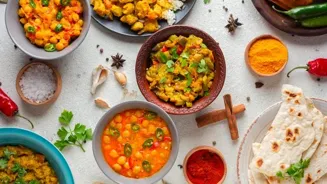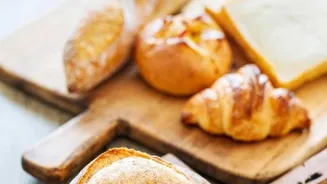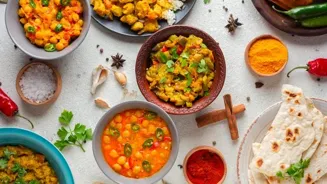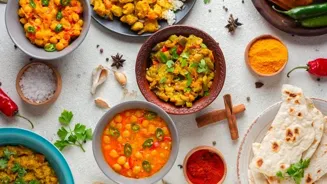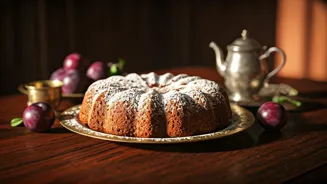Unleash your inner baker with our guide to perfecting Indian sweets! Learn essential tips and tricks for creating delicious mithai at home. From ingredient ratios to cooking techniques, we've got you covered.
Dive in and elevate your sweet game!
Diwali around the corner, or just feeling that desi sweet craving? Baking Indian sweets at home can seem daunting, but with a few simple tips and tricks, you can whip up delicious mithai that will impress your family and friends.
Forget the fancy store-bought stuff, homemade is always tastier and made with love! This guide will give you the foundation you need to create some magic in your kitchen, all while using ingredients you likely already have in your pantry.
Get ready to unleash your inner baker and create some amazing Indian treats! We'll cover everything from the essential ingredients to achieving the perfect texture. So, ditch the takeout menu and let's get baking!
Using precise measurements key to successful baking, especially for Indian sweets
One of the most important things for successful baking is using the right ingredients and measuring them accurately. Especially when it comes to Indian sweets, getting the ratios right is key to achieving the desired texture and flavor. Firstly, ensure your ingredients are fresh.
Use good quality ghee, fresh milk, and spices for the best results. Stale ingredients can lead to a less flavorful outcome. When measuring, use standardized measuring cups and spoons. Avoid estimating or "andaaz" as they say, especially when you're starting out.
A kitchen scale is a baker's best friend for accuracy, especially for dry ingredients like flour and semolina. Remember, baking is a science, and precise measurements are crucial for predictable and delicious results.
So take your time, follow the instructions and you will be on your way to making wonderful sweets.
Understanding ingredient roles in Indian sweets is key for successful baking
Next, understanding the role of each ingredient is crucial. Ghee, for instance, isn't just fat; it imparts a rich, nutty flavor that is characteristic of many Indian sweets. Sugar isn't just for sweetness; it also affects the texture and browning of the final product.
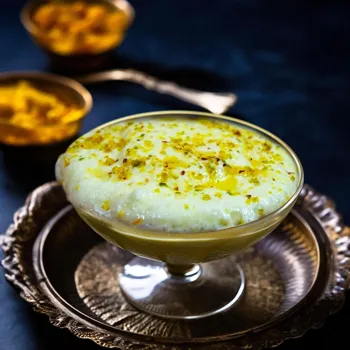
Semolina (sooji) adds a unique grainy texture, while milk powder provides richness and acts as a binding agent. Knowing how these ingredients interact will help you troubleshoot if something goes wrong and even experiment with your own variations later on.
For example, using brown sugar instead of white sugar will give your sweets a darker color and a slight molasses flavor. A little cardamom power can enhance any sweet. Knowing the purpose of the ingredient helps know what substitutes can be made and what cannot be.
Perfect dough and batter crucial for sweets. Consistency key; don't overmix, follow recipe
Perfecting the dough or batter is crucial for many sweets. Whether it's the dough for gujiya or the batter for malpua, the consistency is key. Don't overwork the dough, as this can lead to tough and chewy results. Mix until just combined and then let it rest.
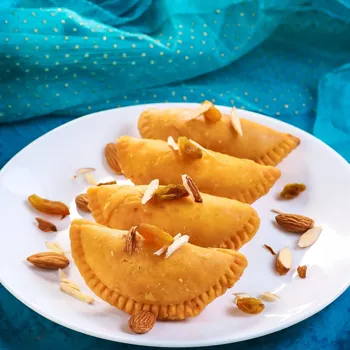
This allows the gluten to relax and makes the dough easier to work with. For batters, avoid overmixing as well. Overmixing can develop the gluten and result in a tough or rubbery texture. The batter should be smooth and pourable, but not too thin.
Always follow the recipe and keep checking consistency while mixing it. Sometimes the batter needs to be more thick depending on the recipe to make it right. Overworking will make it dry instead of soft so watch out for that and take your time to make it right.
Maintain precise temperatures for perfect Indian sweet cooking
When it comes to cooking or baking, temperature control is paramount. Many Indian sweets require precise cooking temperatures to achieve the perfect texture and color.
When frying, make sure the oil is at the right temperature – not too hot, or the sweets will burn on the outside and remain raw inside; not too cold, or they will absorb too much oil. Use a thermometer to monitor the oil temperature.
When baking, preheat your oven properly before placing the sweets inside. This ensures even cooking. The temperature should also not be too high or too low. A little higher will burn it and a little lower might make it raw. Knowing your oven and how it cooks will help keep watch as well.
Spices elevate Indian sweets, balance flavors for delicious mithai
Spices are the heart and soul of Indian cuisine, and sweets are no exception. A touch of cardamom, saffron, or nutmeg can elevate your mithai to a whole new level of deliciousness. Experiment with different spice combinations to find your favorite flavors. Remember, a little goes a long way.
Start with a small amount and adjust to taste. Roasting spices before adding them to the dough or batter can enhance their aroma and flavor. Don't be afraid to get creative and try new things, but always remember to balance the flavors so that no single spice overpowers the others.
Everyone has different tastes, so keeping it subtle will enhance the overall taste and people will enjoy it that way as well.
Practice, learn, and have fun baking delicious Indian sweets
Finally, remember that practice makes perfect. Don't be discouraged if your first attempt isn't flawless. Baking takes time and patience. Learn from your mistakes and keep experimenting. Each time you bake, you'll gain more experience and intuition. Don't be afraid to try new recipes and techniques.
Watch videos, read cookbooks, and ask for advice from experienced bakers. The most important thing is to have fun and enjoy the process. With a little perseverance, you'll soon be creating delicious Indian sweets that will impress everyone.
It is important to enjoy making, or you'll think of something else to do and forget about it. So enjoy, have fun and get those baking tools out to play. It's time to get started now.
AI Generated Content. Glance/InMobi shall have no liability for the content



